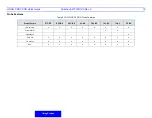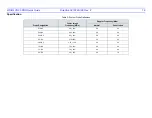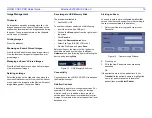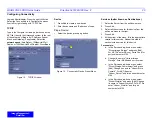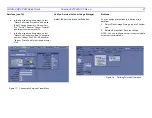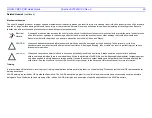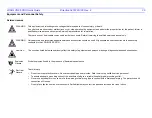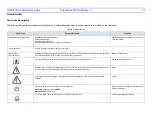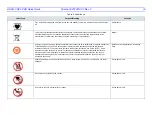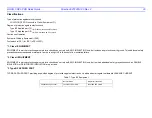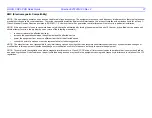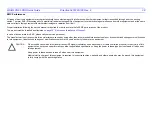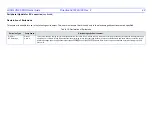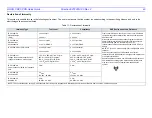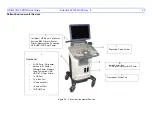
LOGIQ C5/C5 PRO Quick Guide
Direction 5272220-100 Rev. 2
29
Mechanical hazards
The use of damaged probes or improper use and manipulation of intracavity probes can result in injury or increased risk of infection. Inspect probes often for sharp,
pointed, or rough surface damage that could cause injury or tear protective barriers. Never use excessive force when manipulating intracavity probes. Become
familiar with all instructions and precautions provided with special purpose probes.
Training
It is recommended that all users receive proper training in applications before performing them in a clinical setting. Please contact the local GE representative for
training assistance.
ALARA training is provided by GE Application Specialists. The ALARA education program for the clinical end-user covers basic ultrasound principles, possible
biological effects, the derivation and meaning of the indices, ALARA principles, and examples of specific applications of the ALARA principle.
Electrical
Hazard
A damaged probe can also increase the risk of electric shock if conductive solutions come in contact with internal live parts. Inspect probes
often for cracks or openings in the housing and holes in and around the acoustic lens or other damage that could allow liquid entry.
Become familiar with the probe's use and care precautions outlined in
Probes and Biopsy
.
CAUTION
Ultrasound transducers are sensitive instruments which can easily be damaged by rough handling. Take extra care not to drop
transducers and avoid contact with sharp or abrasive surfaces. A damaged housing, lens or cable can result in patient injury or serious
impairment or operation.
CAUTION
Ultrasound can produce harmful effects in tissue and potentially result in patient injury. Always minimize exposure time and keep
ultrasound levels low when there is no medical benefit. Use the principle of ALARA (As Low As Reasonably Achievable), increasing output
only when needed to obtain diagnostic image quality. Observe the acoustic output display and be familiar with all controls affecting the
output level. See the
Bioeffects section
of the
Acoustic Output chapter
in the
Advanced Reference Manual
for more information.

